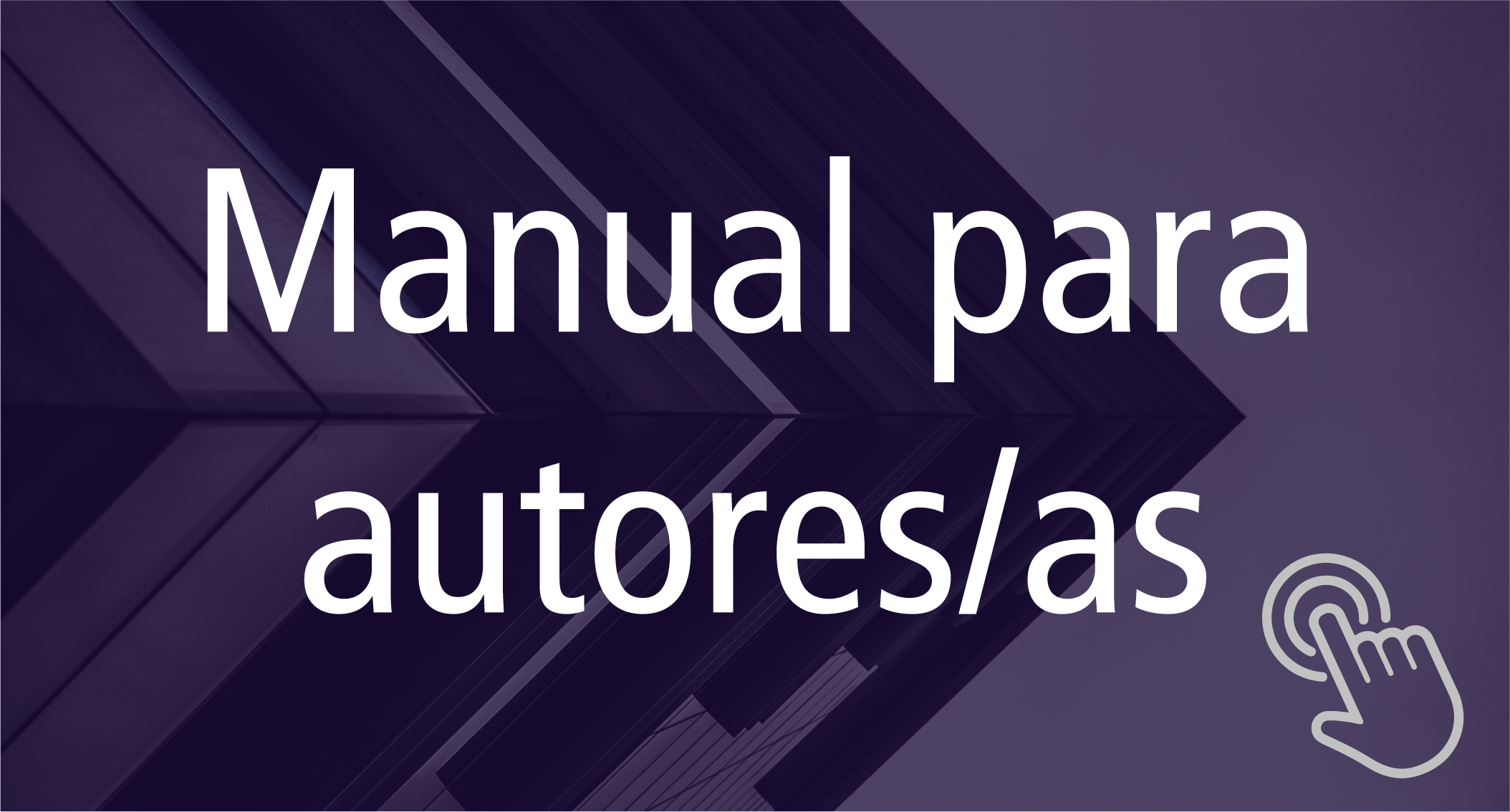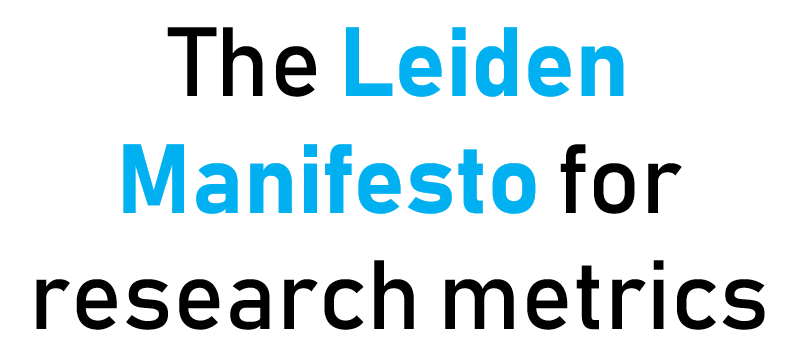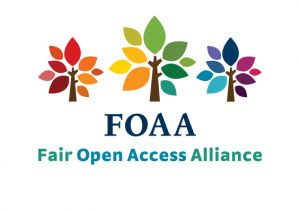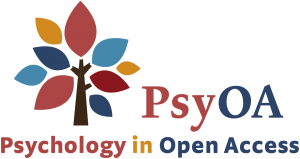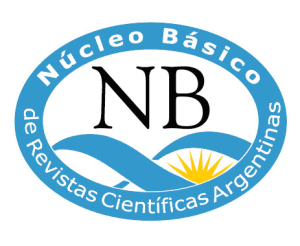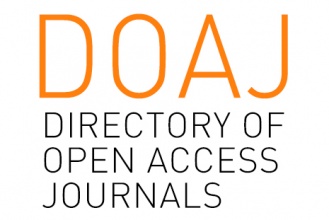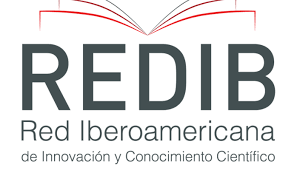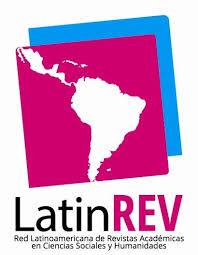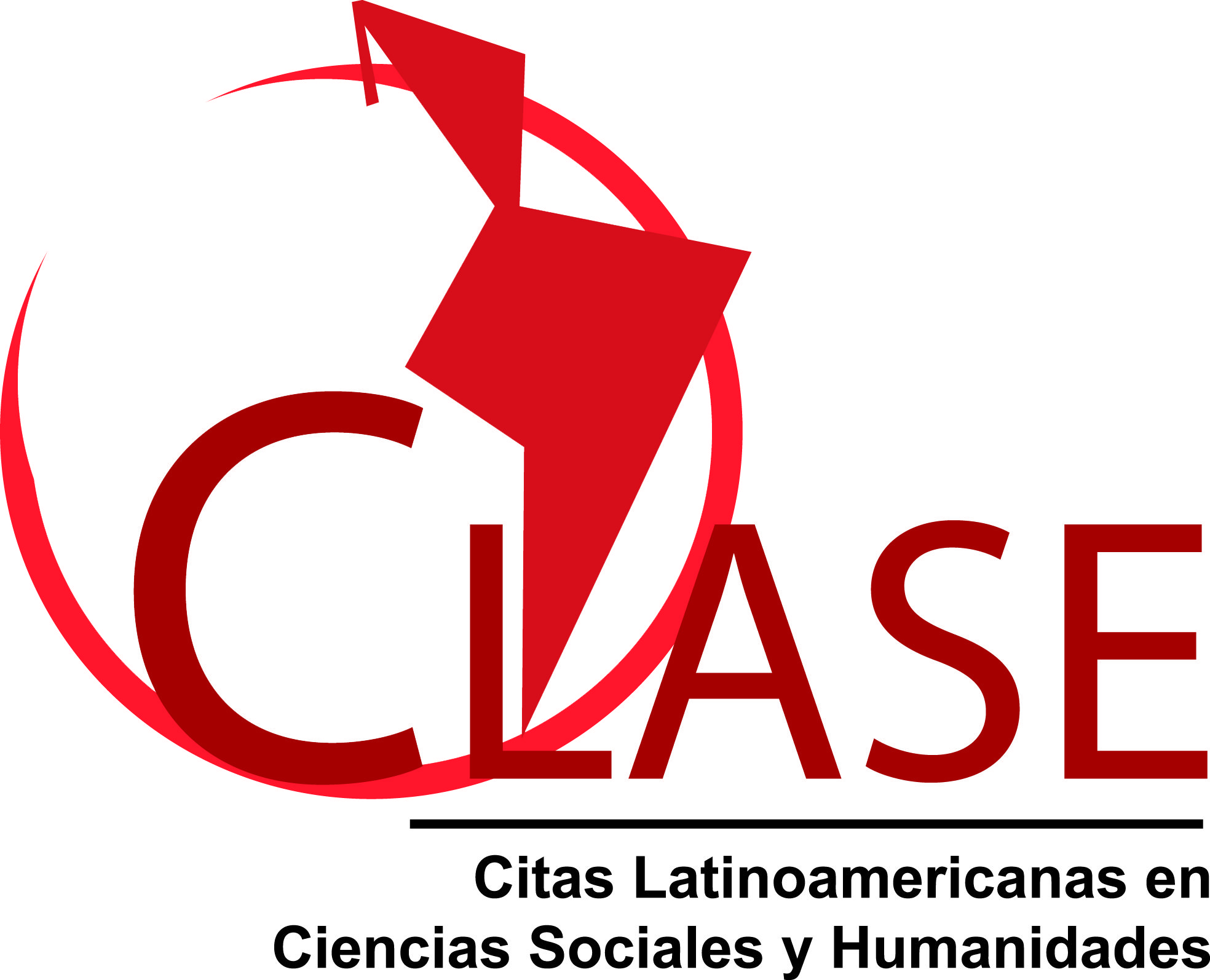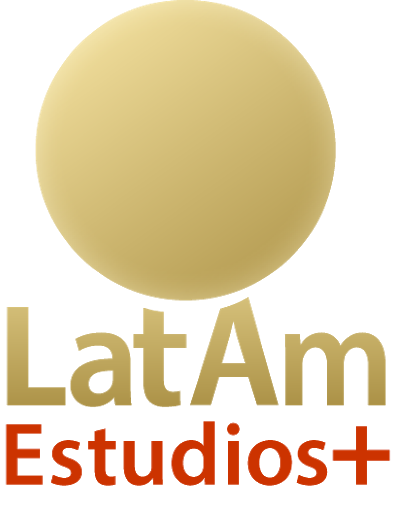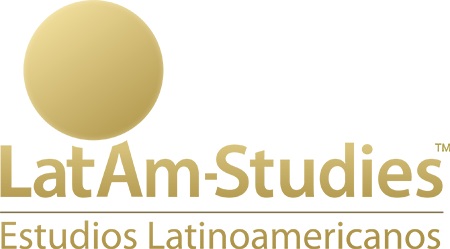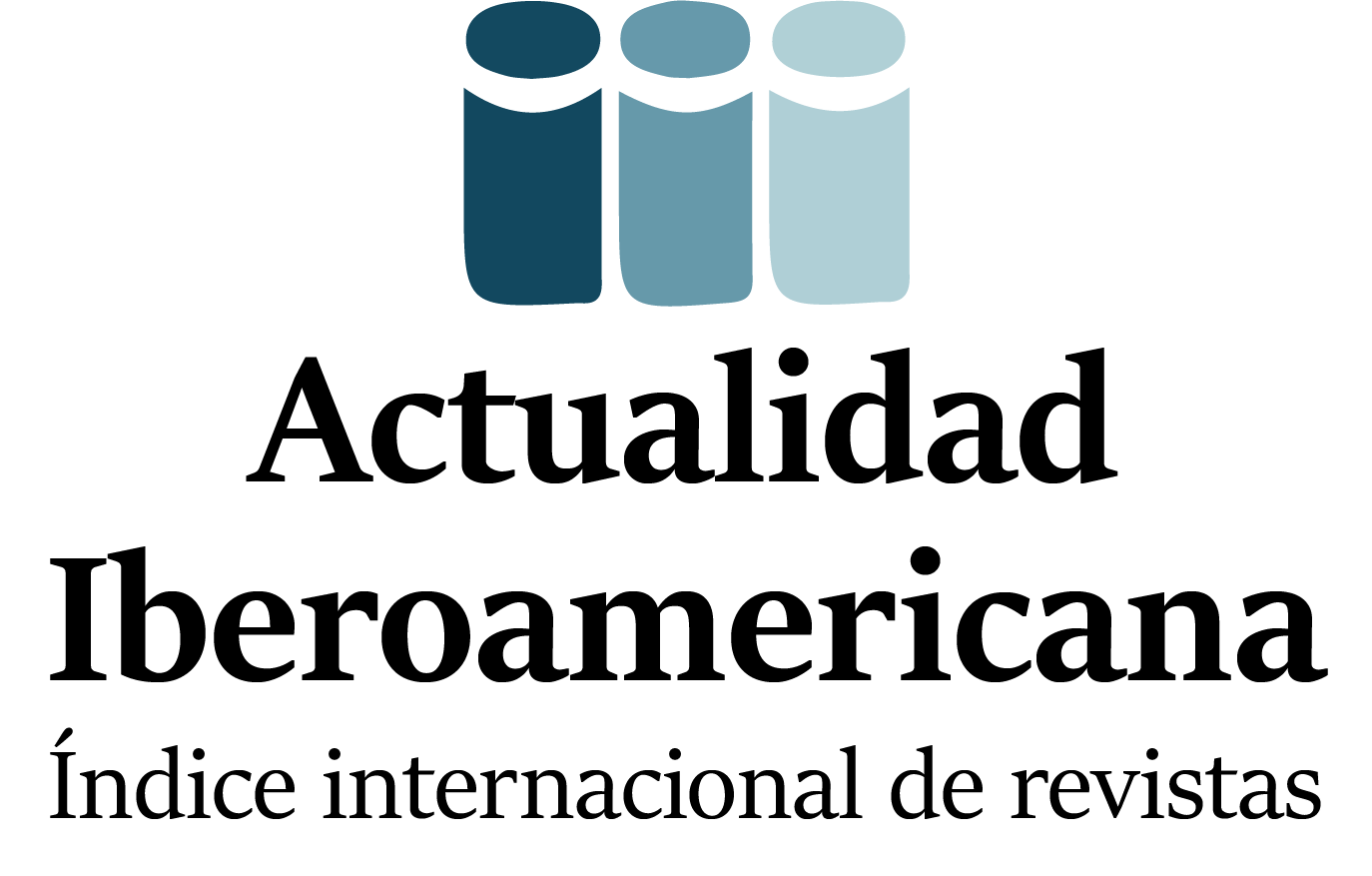Humor no ensino: perspectivas, problemas e aplicações
DOI:
https://doi.org/10.24215/2422572Xe072Palavras-chave:
humor no ensino, humor e aprendizagem, humor e educação, humor e docenteResumo
O humor tem sido usado como uma ferramenta educacional em vários contextos e culturas. Através deste estudo, examinamos algumas fontes de referência neste campo. Em primeiro lugar, vemos que o humor e o aspecto social e psicológico estão intimamente relacionados, uma vez que o humor tem uma implicação direta com nossa maneira de nos relacionarmos e de nos comportarmos. Ao entender este aspecto, podemos descobrir quais são as variáveis de humor no ensino, tanto do ponto de vista do aluno como do professor. De tudo isso, uma série de recomendações é elaborada para os professores que desejam embarcar nesta prática. Finalmente, identificamos lacunas de pesquisa que ainda precisam ser preenchidas no estudo do humor e do ensino.
Referências
Arroyo, M. (1999). ¿Caben los chistes en el aula? Algunos principios para la aplicación del humor en clase y para su integración en los materiales ELE. Actas del Congreso ASELE, 10, 79-86.
Attardo, S. y Raskin, V. (1991). Script theory revis(it)ed: Joke similarity and joke representation model. Humor: International Journal of Humor Research, 4(3-4), 293–347. https://doi.org/humr.1991.4.3-4.293
Aylor, B. y Opplinger, P. (2003). Out-of-Class Communication and Student Perceptions of Instructor Humor Orientation and Socio-Communicative Style. Communication Education, 52, 122-134. https://doi.org/10.1080/03634520302469.
Banas, J. Dunbar, N., Rodriguez, D. y Liu, S. (2011). A review of humor in educational settings: Four decades of research. Communication Education, 60(1), 115-144. https://doi.org/10.1080/03634523.2010.496867.
Bennett M., Zeller J., Rosenberg L, McCann (2003). The effect of mirthful laughter on stress and natural killer cell activity. Alternative Therapies, Health and Medicine 9(2) 38-45.
Bergin, D. (1999). Influences on classroom interest. Educational Psychologist, 34, 87-98. https://doi.org/10.1207/s15326985ep3402_2.
Bergson, H. (1986) Introducción a la metafísica: la risa. Porrúa. (Obra original publicada en 1903).
Bieg, S. y Dresel, M. (2013). Student perceptions of teacher humor forms and their relationship to instruction characteristics, learning indicators and student motivation and emotion. Actas de AERA, 1–24. https://doi.org/10.1080/03634529909379152
Blank, A. Tweedale, M., Cappelli, M. y Ryback, D. (1983). Influence of trait anxiety on perception of humor. Perceptual and Motor Skills, 57, 103-106. https://doi.org/10.2466/pms.1983.57.1.103.
Bryant, J., Comisky, P. y Zillmann, D. (1979). Teachers’ Humor in the college classroom. Communication Education, 28, 110-118.
Carbelo, B. y Jáuregui, E. (2006) Emociones positivas: humor positivo. Papeles del Psicólogo, 27(1), 18-30.
Fernández-Poncela, A. (2012). Riéndose aprende la gente. Revista Iberoamericana de Educación Superior, 8(3), 51-70.
Festinger, L. (1957). A theory of cognitive dissonance. Stanford University Press.
Frymier, A., Wanzer, M. y Wajtaszczyk, A. (2008). Assessing students’ perceptions of inappropriate and appropriate teacher humor. Communication Education, 57, 266-288. https://doi.org/10.1080/03634520701687183.
Gorham, J. y Christophel, D. (1990). The relationship of teachers’ use of humor in the classroom to immediacy and student learning. Communication Education, 39, 46-62. https://doi.org/10.1080/03634529009378786.
Grande, V. (2005). A la lengua con humor: un ejemplo práctico a través de los cómics. Actas del Congreso ASELE, 16, 343-352.
Grisaffee, C., Blom, L. y Burke, K. (2003). The effects of head and assistant coaches’ uses of humor on collegiate soccer players’ evaluation of their coaches. Journal of Sport Behavior, 26, 103-108.
Gruner, C. (1978). Understanding laughter: The working of wit and humor. Nelson-Hall. https://doi.org/10.12691/education-2-7-12.
Hay, J. (2000). Functions of humor in the conversations of men and women. Journal of Pragmatics, 32, 709-742. https://doi.org/10.1016/S0378-2166(99)00069-7.
Hess, J., Smythe, M. y Communication 451. (2001). Is teacher immediacy actually related to student cognitive learning? Communication Studies, 52, 197-219. https://doi.org/10.1080/10510970109388554.
Houser, M., Cowan, R. y West, D. (2007). Investigating a new education frontier: Instructor communication behavior in CD-ROM texts do traditionally positive behaviors translate into this new environment? Communication Quarterly, 55, 19-38. https://doi.org/10.1080/01463370600998319.
Javidi, M. N. y Long, L. W. (1989). Teachers’ use of humor, self-disclosure, and narrative activity as a function of experience. Communications Research Reports, 6, 47-52. https://doi.org/10.1080/08824098909359831.
Kaplan, R. y Pascoe, G. (1977). Humorous lectures and humorous examples: Some effects upon comprehension and retention. Journal of Educational Psychology, 69, 61-65. https://doi.org/10.1037/0022-0663.69.1.61.
Kelley D. y Gorham, J. (1988). Effects of immediacy on recall of information. Communication Education, 37, 198-207. https://doi.org/10.1080/03634528809378719.
Kuipers, G. (2008). The sociology of humor. En V. Raskin (ed.) The primer of humor research (pp. 365-402). Mouton de Gruyter. https://doi.org/10.1515/9783110198492.
Long, H. (1983). Adult learning: Research and practice. Cambridge.
Martín, R. (1998). Approaches to the sense of humor: A historical review. En W. Ruch (ed.), The sense of humor. Explorations of a personality characteristic. Humor research 3. Mouton de Gruyter. https://doi.org/10.5167/uzh-77940.
Martín, R. (2000) Psicología del humor: un enfoque integrador. Orion Ediciones
McMorris, R., Boothroyd, R. y Pietrangelo, D. (1997). Humor in educational testing: A review and discussion. Applied Measurement in Education, 10, 269-297. https://doi.org/10.1207/s15324818ame1003_5.
Meyer, C. (2000). Humor as a double-edged sword: Four functions of humor in communication. Communication Theory, 10, 310-331. https://doi.org/10.1111/j.1468-2885.2000.tb00194.x.
Neuliep, J. (1991). An examination of the content of high school teachers’ humor in the classroom and the development of an inductively derived taxonomy of classroom humor. Communication Education, 40, 343-355. https://doi.org/10.1080/03634529109378859.
O’Donnell-Trujillo, N. y Adams, A. (1983). Heheh in conversation: Some coordinating accomplishments of laughter. Western Journal of Speech Communication, 47(2), 175-191.
Powers, T. (2005). Motivando a los estudiantes con humor. Association for Psychological Science. https://www.psychologicalscience.org/observer/engaging-students-with-humor?es=true.
Real Academia Española. (2019). Meme. En Diccionario de la lengua española (22.a ed.). Recuperado de: https://dle.rae.es/meme
Real Academia Española. (2019). Sonreír. En Diccionario de la lengua española (22.a ed.). Recuperado de: https://dle.rae.es/sonre%C3%ADr
Raskin, V. (1985). Semantic mechanisms of humor. D. Reidel Publishing Company. https://doi.org/10.3765/bls.v5i0.2164.
Rizo, M. (2009). Sociología fenomenológica y comunicología: Sociología fenomenológica y sus aportes a la comunicación interpersonal y mediática. Estudios Midiáticos. 11(1), 25-32. https://doi.org/10.4013/fem.2009.111.03.
Sánchez, C. (1997). El aprendizaje de lenguas a través del humor. Encuentro. Revista de Investigación e Innovación en la Clase de Idiomas, 9, 142-148.
Silva, M., Pelayo, P y Pelayo, A. (s.f.). Humor sapiens. Crear, vivir y pensar con humor. http://humorsapiens.com/citas-y-frases-celebres-humor.
Teslow, J. (1995). Humor me: A call for research. Educational Technology Research & Development, 43, 6-28.
Teven, J. y McCroskey, J. (1997). The relationship of perceived teacher caring with student learning and teacher evaluation. Communication Education, 46(19). https://doi.org/10.1080/03634529709379069.
Torres, M. (1997). Teorías lingüísticas del humor verbal. Pragma Lingüística, 5-6, 435-448. https://doi.org/10.25267/Pragmalinguistica.2017.i25.
Wakshlag, J., Day, K. y Zillmann, D. (1981). Selective exposure to educational television programs as a function of differently paced humorous inserts. Journal of Educational Psychology, 73, 27-32. https://doi.org/10.1037/0022-0663.73.1.27.
Wanzer, M. (2002). Use of humor in the classroom. The good, the bad, and the not so funny things that teachers do. En J. Chesebro y J. McCroskey, Communication for teachers (pp. 116-126). Allyn and Bacon.
Wanzer, M. y Frymier, A. (1999). The relationship between student perceptions of instructor humor and students’ reports of learning. Communication Education, 48, 48-62. https://doi.org/10.1080/03634529909379152.
Wanzer, M., Frymier, A., Wojtaszczyk, A. y Smith, T. (2006). Appropriate and inappropriate uses of humor by teachers. Communication Education, 55, 178-196. https://doi.org/10.1080/03634520600566132.
Zhang, Q. (2005). Immediacy, humor, power distance, and classroom communication apprehension in Chinese college classrooms. Communication Quarterly, 53, 109-124. https://doi.org/10.1080/01463370500056150.
Zillmann, D., Masland, J., Weaver, J., Lacey, L., Jacobs, N., Dow, J. et al. (1984). Effects of humorous distortions on children’s learning from educational television. Journal of Educational Psychology, 76, 802-812. https://doi.org/10.1080/03634528809378717.
Ziv, A. (1988). Teaching and learning with humor: Experiment and replication. Journal of Experimental Education, 57, 5-15. https://doi.org/10.1080/00220973.1988.10806492.
Downloads
Publicado
Edição
Seção
Licença

Os autores que publicam neste periódico aceitam as seguintes condições:
- Autores mantém os direitos autorais e atribuir o direito de primeira publicação para a revista, com a obra registrada sob uma Licença de atribuição Creative Commons (CC-BY) , que permite que terceiros usem o que é publicado sempre que mencionarem a autoria do trabalho e a primeira publicação desta revista.
- Os autores podem fazer outros acordos contratuais independentes e adicionais para a distribuição não-exclusiva do artigo publicado na revista ESTA (por exemplo, incluí-lo em um repositório institucional ou publicá-lo em um livro), enquanto eles indicou claramente que o trabalho foi publicado pela primeira vez nesta revista.
- Autores são permitidos e encorajados a publicar seus trabalhos na Internet (por exemplo, em páginas institucionais ou individuais) antes e durante o processo de revisão e publicação, pois pode gerar alterações produtivas e maior e mais rápida difusão do trabalho publicado (ver The Effect of Open Access).


